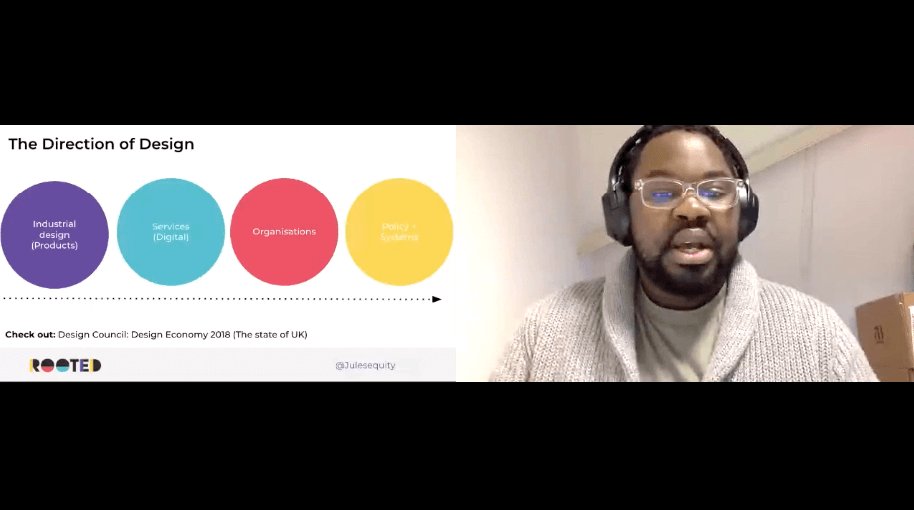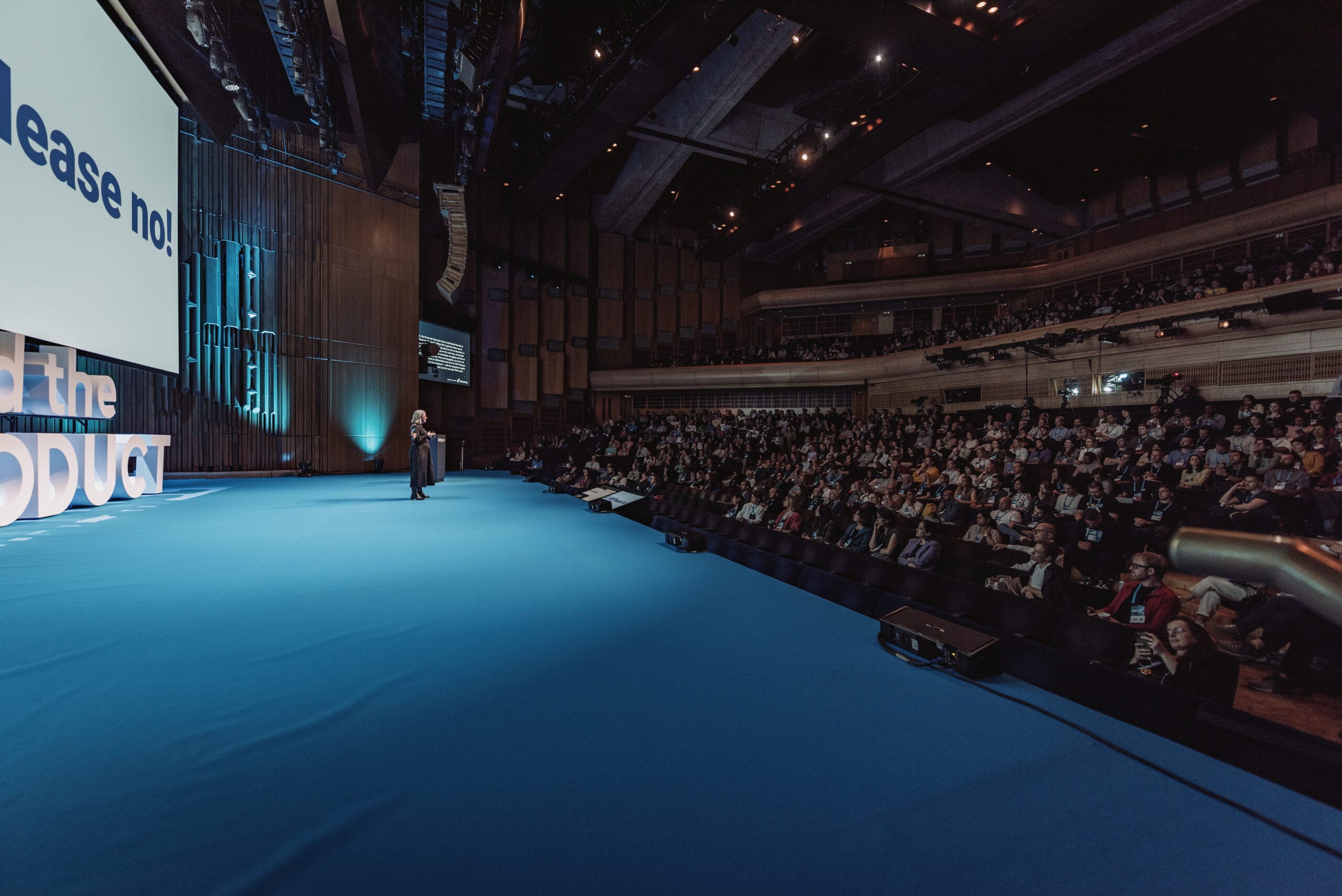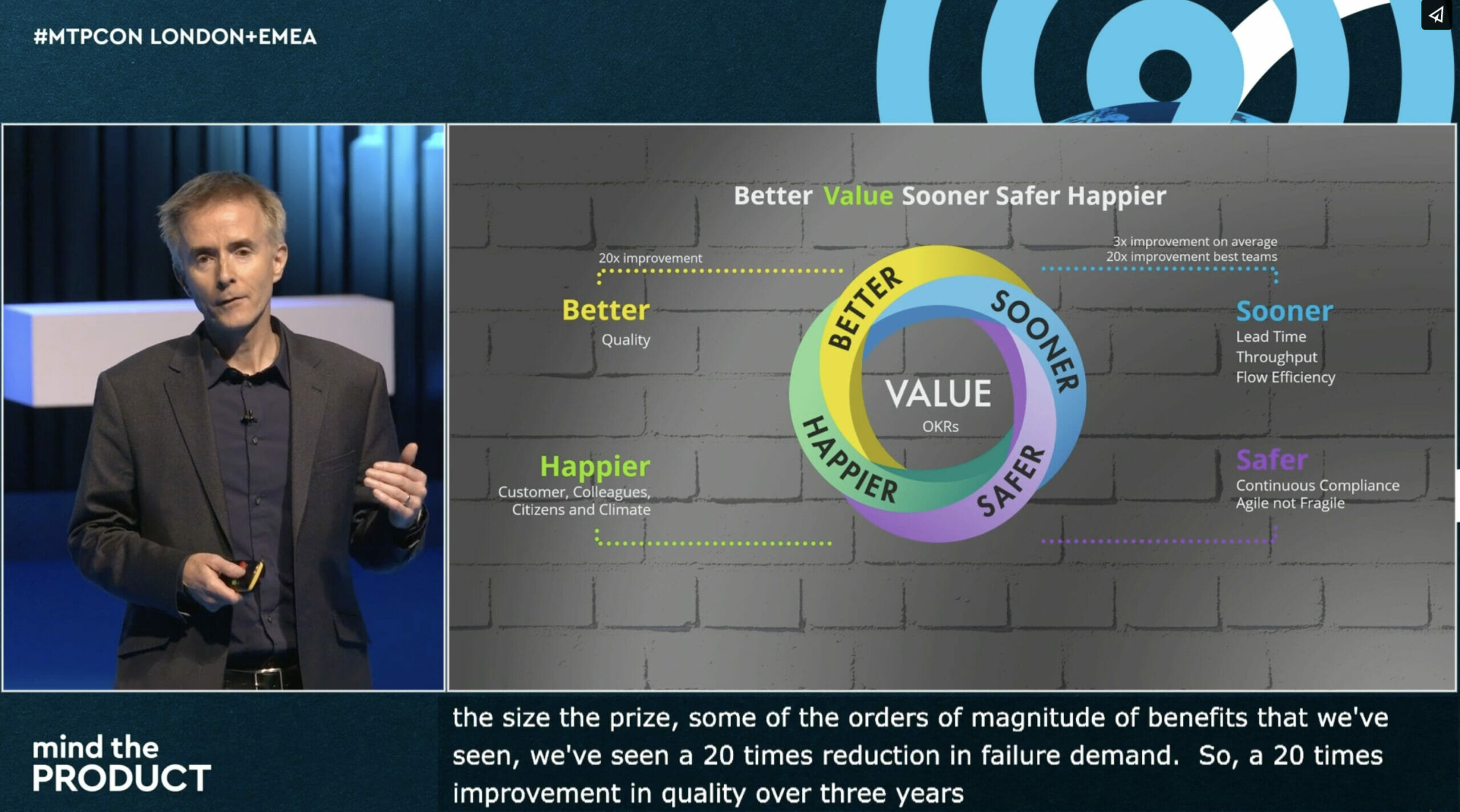Joe Leech is a UX consultant and author of the book Psychology for Designers, and he splits his time between doing huge amounts of research, advising companies on design strategy, and rolling his sleeves up and actually doing design work himself. In this energetic talk at ProductTank London, Joe gives some real-world examples from his own work of some useful ways to think about “thinking fast” (i.e. emotive or instinctive mental processes) and “thinking slow” (consciously created mental models, and the cognitive costs associated with them) when it comes to product design.
Conscious and Unconscious UX
There are vast swathes of user interaction that we’re not even aware of anymore. When we initially decide how to achieve something – how to reach our “goal state” – we’ll put a bit of effort into thinking through that process. However, that’s mentally quite an expensive process to go through, so once we’ve worked out a reliable process, we tend to reuse the process, and thus patterns of behaviour become – essentially – unconscious.
Joe uses the example of the challenges of using an ATM / cash machine in Argentina to highlight how those ingrained patterns can pose challenges for international visitors. In short, even a simple thing like changing the order in which the machine returns your card and presents your money can confuse users in a way that seems out of proportion to the size of the change! When a familiar path towards a goal state is changed, or our normal goal state occurs before the steps that would normally end our interaction with a service or a product, the result is a startling degree of cognitive confusion.
We build mental models of how the world works and apply them to new situations.
The Costs – and Rewards – of Mental Models
Matching the mental model of your users also has a significant impact on the bottom line of your company. Joe shares a case study of how he led a team who were trying to redesign the process for booking a cruise. After conducting lots of user research, mapped out the various paths through the cruise operator’s website (and the questions that people had at every stage of those paths), and spending a day in the call centre listening to the conversations between customers and company representatives, Joe’s team had a key finding.
By using a visual model that illustrated how desperately un-intuitive the current cruise-booking process was for customers – and how much time they were spending on the phone with company representatives – Joe & his team were able to clearly demonstrate the need for a redesign of the cruise-booking product. With some simple changes to the process, the effectiveness of the cruise-booking product was dramatically improved.
The Trap of Emotional Hacks
Emotions are incredibly powerful, and you’ll no doubt have read quite a lot of design tips about how to tap into base emotions – often negatives ones – to try and nudge people towards the behaviours you want. However, Joe’s draws on his background in neuroscience to explain why these so-called “behavioural hacks” are rarely as effective as we might hope.
Ultimately, he argues, the benefits of using emotional “hacks” are small and incremental. On the other hand, the benefits of designing for your users’ mental models are huge. When it comes to using psychology in your product design:
Don’t fiddle around with the stuff on the edges.







Comments 0